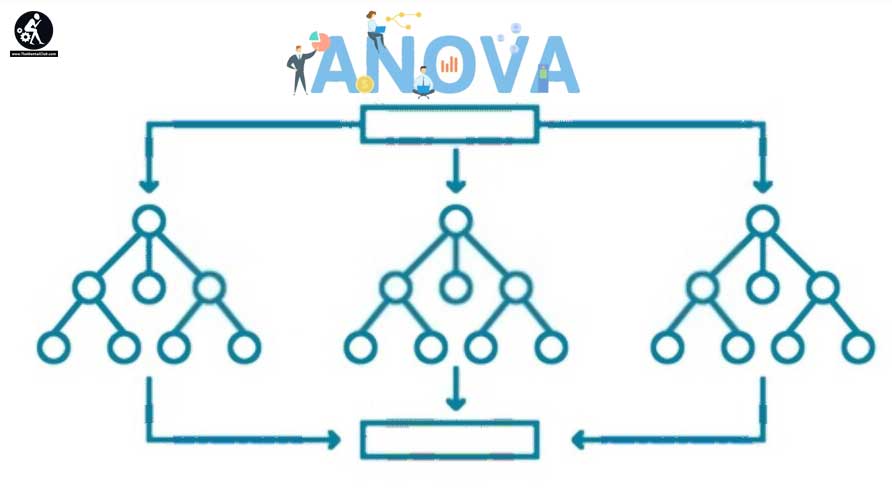What is an ANOVA (analysis of variance)? An ANOVA is a type of statistical analysis used to compare the means of three or more groups. It can be used to compare the means of two groups, but it is not as accurate as using a t-test. The ANOVA calculates the variance between the groups and determines whether that variance is statistically significant. If the variance is significant, then the difference between the means of the groups is likely due to chance. Keep reading to learn more about the analysis of variance and how it can be used to compare the means of groups.
What are the components of an analysis of variance?
There are three types of ANOVAs: one-way, two-way, and factorial. In a one-way ANOVA, there is only one independent variable (the grouping variable), and all other variables are considered covariates. A two-way ANOVA has two independent variables: a grouping variable and a categorical variable. A factorial ANOVA has more than two independent variables.

In all three types of ANOVAs, the first step is to compute a variance-covariance matrix for the data on a computer in your workspace. This matrix contains information about how each pair of variables (means, standard deviations, etc.) is related to each other. The second step is to use this matrix to calculate an F statistic, which tells us how likely it is that the difference in group means is due to chance alone. Finally, we can use an F table to determine what level of significance we need to reach before we can reject the null hypothesis that there is no difference between groups.
Who should use an analysis of variance?

An analysis of variance, or ANOVA, is a statistical tool used to determine whether the means of two or more groups are statistically different from each other. ANOVA is used most commonly in marketing, psychology, and sociology but can be used in any field where the means of two or more groups are being compared.
What factors can be analyzed with an analysis of variance?
There are many factors that can be analyzed with an analysis of variance (ANOVA). One such factor is the difference in the mean scores of two or more groups. This can be done by using a one-way ANOVA, which compares the means of two or more groups and determines whether they are statistically different from each other. Another factor that can be analyzed with ANOVA is the variability of data within groups. This is done by using a two-way ANOVA, which compares the variability of data within and between groups. This helps to determine if there is a significant difference in variability between groups. Additionally, ANOVA can be used to analyze the interaction between two or more variables.
What are the benefits of using an analysis of variance?

There are a number of benefits to using an ANOVA. First, ANOVA is a powerful tool that can be used to compare the means of three or more groups. This can be helpful in determining whether the means of the groups are statistically different from one another. Second, ANOVA is a relatively simple tool to use. This makes it a good option for researchers who are new to statistics. Third, ANOVA can be used to test the difference between the means of two groups or the difference between the means of three or more groups. This can be helpful in understanding the effect of a treatment or intervention on a population. Finally, ANOVA is a statistically powerful tool. This means that it is able to detect differences between groups that are statistically significant.
An analysis of variance is important because it allows researchers to understand the variability in their data and makes comparisons between groups possible. Overall, using this statistic can help researchers to understand their data better and make more informed decisions.


































